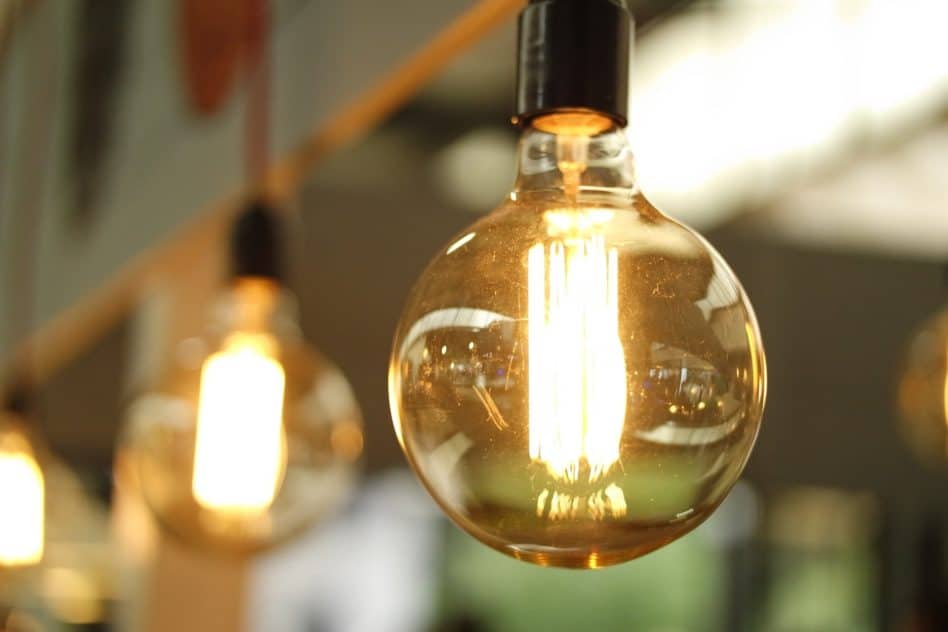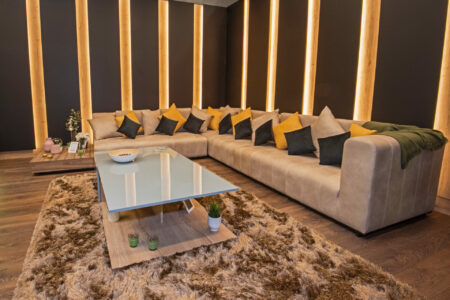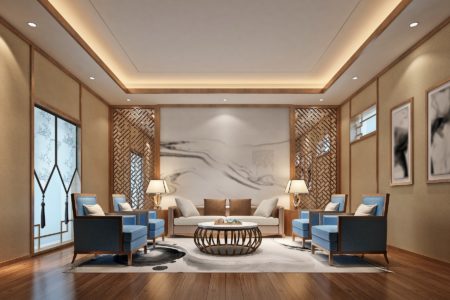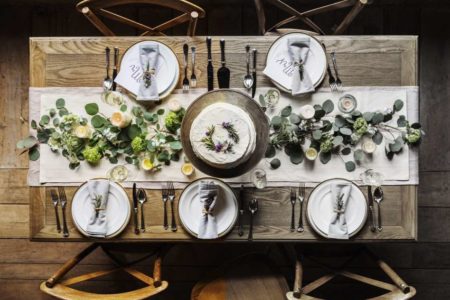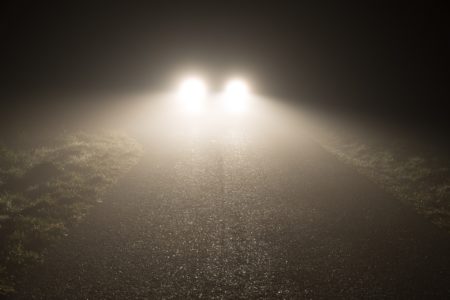Today LED lights are used everywhere from private households, offices to industrial areas. But in many homes incandescent bulbs are still very common. Before making the switch to LED light bulbs people ask themselves how long these LED lights will last. That’s fair enough because new LED bulbs are more expensive than the old ones. In this guide we will examine how long new LEDs last in real life.
How Long Do LED Light Bulbs Last?
LED bulbs are known to last up to 10 years. This means they can keep lighting somewhere between 10,000 to 50,000 hours. Wow, this a huge lighting range! Yes, LED bulbs have long lives, but remember that they are not impervious to eventual failure. But in general LED lights will last much longer than traditional bulbs.
When LED bulbs last up to 50,000 hours, this means they last up to 25 times longer than halogen bulbs. LEDs last up to 10 times longer than other traditional bulbs. This includes fluorescent lighting, compact fluorescent light (CFL) and high-intensity discharge lights (HID). LED light bulbs also feature a longer life than high-pressure sodium lights (HIPS) or low-pressure sodium lights lights (LPS).
An LED bulb outlasts a 50-watt incandescent bulb that only gives between 1,000 to 2,000 hours of light. The number of hours that an LED light bulb lasts, determines where it is used and how many hours you use it per day. Check out the following example for a standard 25,000-hour LED bulb.
Example: LED can last 17 years!
If you switch on the LED light for 12 hours each day, this LED bulb would continue to work for around 6 years. When you use it for only 4 hours every day, it would last a very long time – 17 years.
What Makes LED Bulbs Last So Long?
LED manufacturers can fit LEDs into any type of light fixture. LED bulbs are now used for decorative or accent lighting, track lighting, holiday lighting, outdoor lighting, floodlights and for retrofit lights to replace traditional bulbs in certain light fixtures. There is no secret that LED bulbs are more expensive when purchasing. But their lighting longevity saves your pocketbook more money in the long run.
They are an efficient and long-term investment for homes and businesses. LED technology is what helps these bulbs last so long. LED light bulbs contain a somewhat complicated internal structure that gives its long lifetime existence. The basic components of a LED bulb consists of capacitors, resistors, and inductors:
- Capacitor: capacitors are a key component within the LED bulb structure. Capacitors help the bulb from overheating, avoid flickering, and helps to ensure the longevity of the LED light bulb.
- Resistors: An LED-resistor slows down its ever-flowing current. Thus, limiting how much current flows through the LED bulb helps to prevent it from burning too hot.
- Inductor: To produce white light, there are different color LEDs inductors (red, green, amber, blue). The bulb is covered with a coated phosphor material. The coating converts the varying colors of the light to the traditional white light that we use in our homes.
Another factor in how long LEDs can last is whether you are operating them on higher currents than what is required. Higher currents will shorten the lifespan of any size LED bulb. If your are interested how LEDs work in detail, check out the functional principle of LEDs here.
Is Your LED Bulb Dimming?
If LED bulbs begin to dim, the above components become weak over time. But your bulb will not suddenly go out. Instead the brightness of your LED bulb will be reduced. Interestingly, LED bulbs do not burn out. They do weaken and become dim over time, but LED bulbs will continue to burn for hours and days on end. Please note that this dimming effect is not comparable with a real dimmer as it happens ultra slow and in tiny steps.
There is still plenty of illumination emanating from a dimmed LED bulb. There is another continued benefit in dimming LED bulbs. They become more efficient. Thus, this low energy illumination helps to further increase its lifespan. Dimming LED bulbs continue to operate more efficiently at this lower illuminating power. LED bulbs and traditional light bulbs are two very different technological animals.
Oh yes, another well-known feature of regular bulbs is its filaments. Traditional bulbs are heated through filaments that got very hot. Filaments would become so overheated that they would burn out and in some instances, the filament would break. LEDs do not get hot but continue to burn brightly.
Wattage vs Lumens
As consumers, we understand that wattage means how bright our traditional bulb will burn. LED lighting is different. Since LEDs are purposefully designed to use less energy, they will naturally feature a lower wattage rating. To differentiate LED bulb illumination, lumens is the new brightness factor. But lumens are not a new measuring stick as the US Federal Trade Commission used these manufacturing terms already 9 years ago.
Its term usage fits perfectly in the LED environment. When you go shopping for LED bulbs you will not be sacrificing brightness because presently, they are the more energy-efficient light bulb. For the LED bulb brightness, look at its lumens per watt ratio. The larger the lumen number the more illumination you will receive and the more energy-efficient it becomes.
LEDs Last 10 Years – Really?
LED manufacturers often claim on their packaging that their LED bulbs last for 10 years. Do you know what the saying is read the fine print? If you read the label closely you will see that in the least priced LED bulbs, a 10-year claim means that you should not burn the bulb for more than 2 or 3 hours each day. It is also common that less expensive LED light bulbs don’t last as long as bulbs from well-known brands.
If you factor in using a less costly bulb for this number of hours each day, then the number of years that your LED bulb will last is close to three years. Actually, even a lower-end LED bulb that lasts this number of years is still better than a traditional bulb. But the main factor still is the burning hours per day to determine how many years your LED bulbs will last.
Benefits of LED Lighting
- The LED lighting environment is non-toxic e.g., no mercury. LED bulbs are eco-friendly and are totally recyclable. Homeowners and businesses save on buying bulbs that burn out.
- LED bulbs are made with user-friendly materials. They have been proven to withstand varying temperatures, if you drop them, they don’t instantly shatter, and they hold up under varying vibrations and shocks.
- LED bulbs do not lose their shelf life. You can stock up on LED bulbs and keep them in storage for lengthy time periods, even in varying temperatures.
- LED bulbs can be used when the outdoor temperature or season is cold or hot. Other bulbs like fluorescent or incandescent lighting are greatly affected by the change of weather.
- LED bulbs are highly illuminated from the time you turn them on until they are turned off. LED light bulbs also light up instantly unlike low-energy bulbs like halogens which take several seconds to achieve their highest brilliant output.
Thank you, Thomas Edison, for inventing the light bulb. But modern technology has changed its principles. Today LEDs are used in varying fields and industries like NASA and the medical field. The use of LED light therapy is helping millions. Blue light LED bulbs are helping to cure infections and heal wounds faster via a specialized bandage. This type of LED lighting is known as “high brightness” LEDs (HBLEDs).
These higher-power emitting LEDs provide a higher level of light output than LED light bulbs used to light homes and most businesses. Already, LED power is gaining a more advanced reputation. Yet, their output remains a greater efficiency system than any other type of lighting technology along with a longer lighting lifespan.
Conclusion
Like all things, technology will continue to march on. LED brightness and efficiency will get better over time, more advanced, and even reach the 100,000-hour illumination years. But for now, there are certain things we can do to answer the question of how long LED lights last. This includes using LED bulbs in the appropriate light fixtures without mixing them with remaining incandescent or fluoride bulbs you have leftover in a socket.
The heat that your older bulbs generate can and will lessen the illumination of an LED bulb environment. After all, the longer you leave your LED light bulbs on, the more you are spending its efficiency, life, and more of your money. So remember to turn off your lights when you leave each room to make them last even longer.
